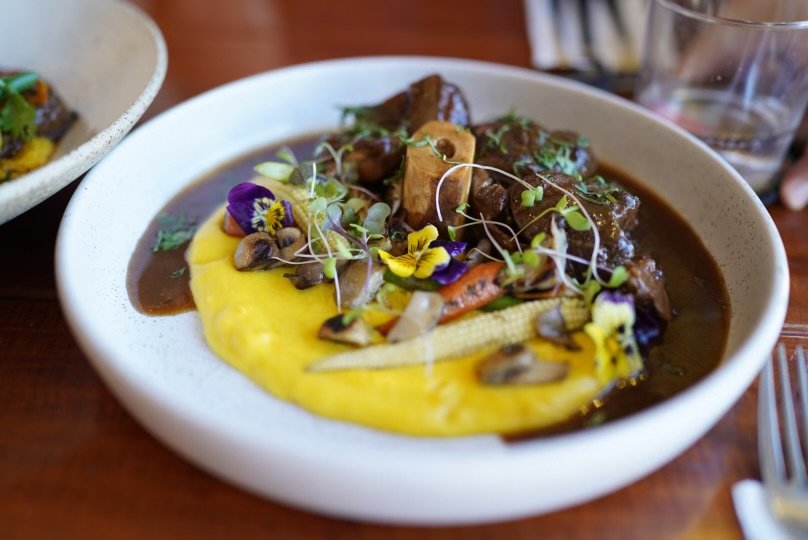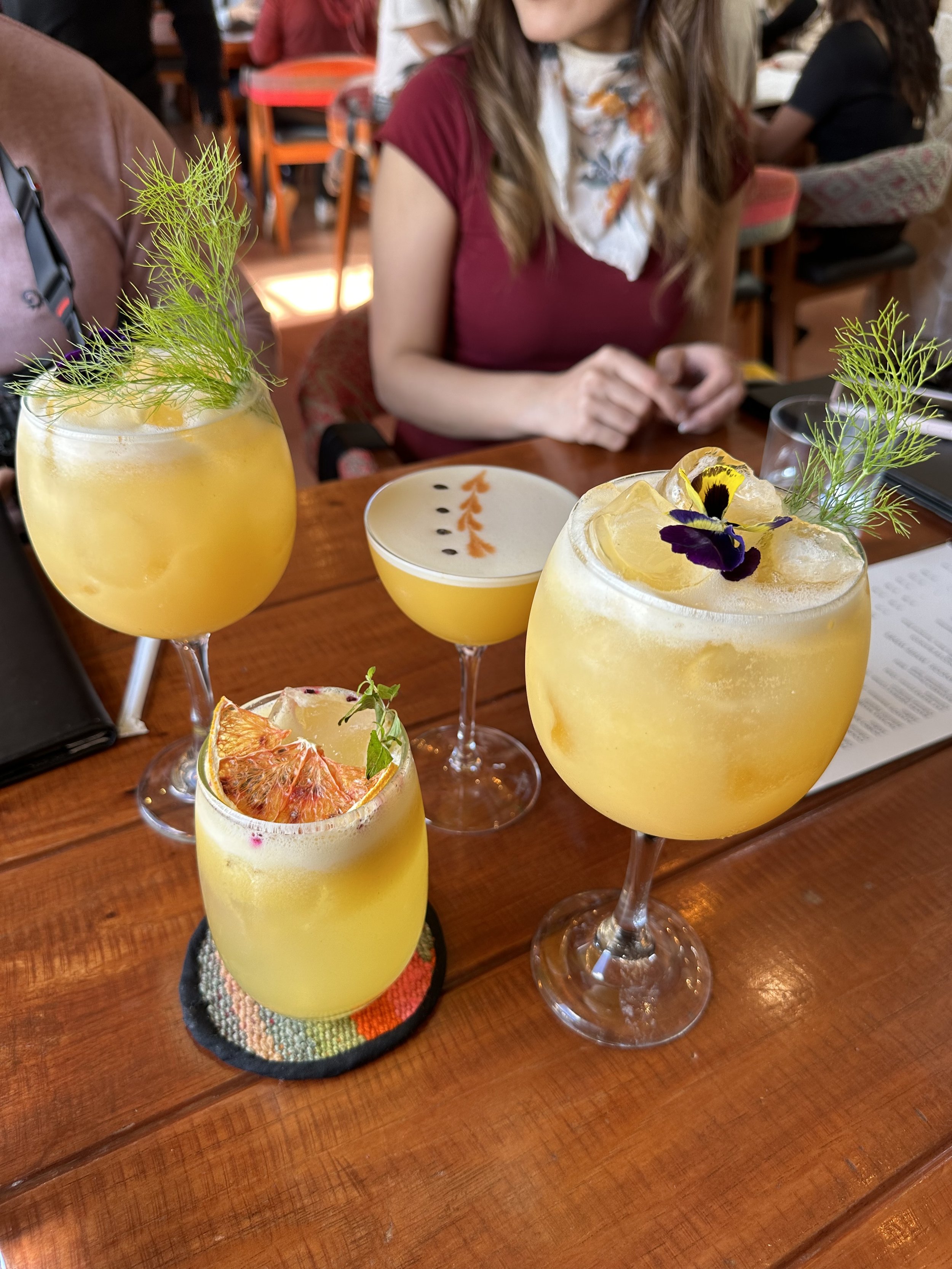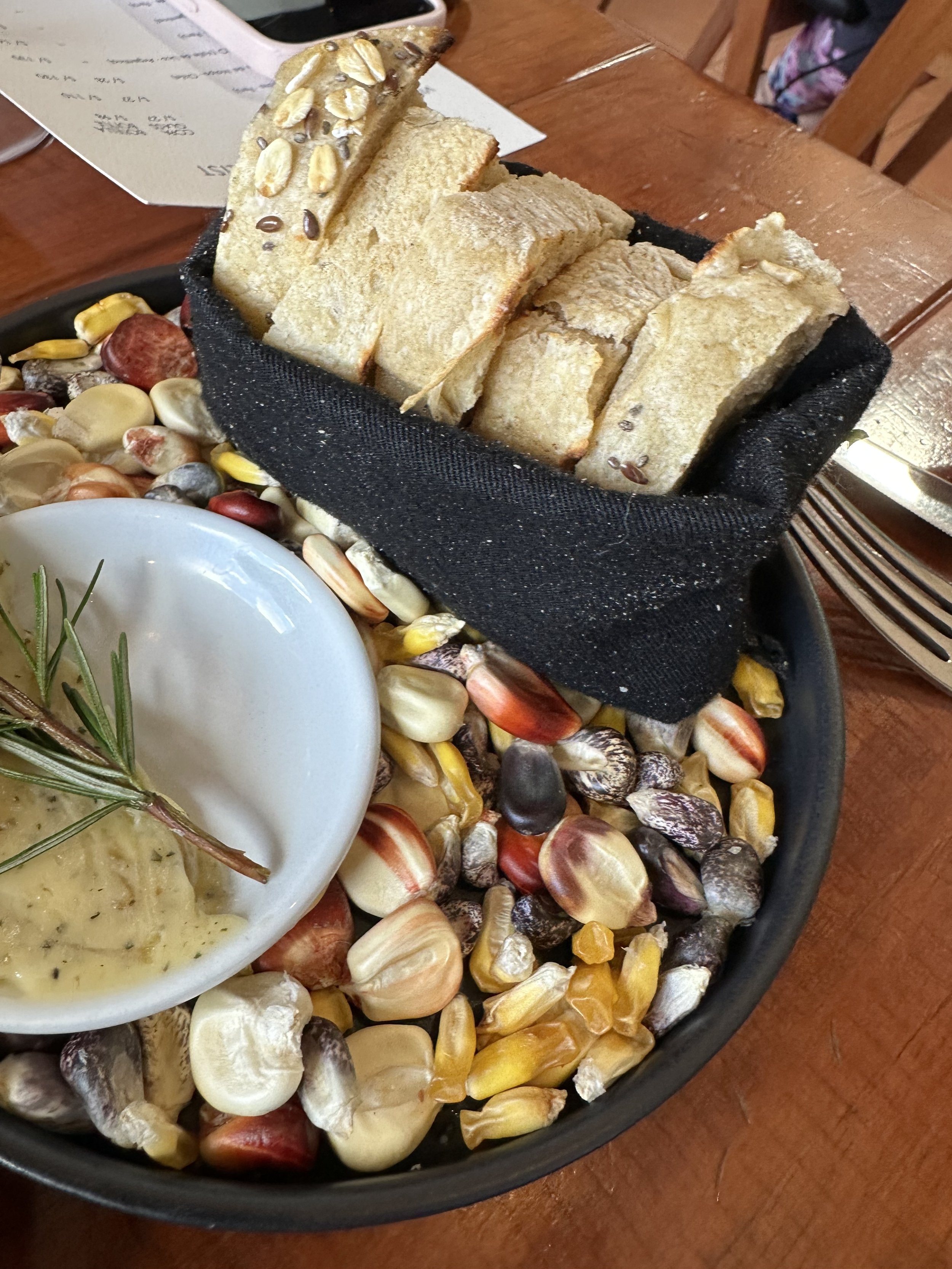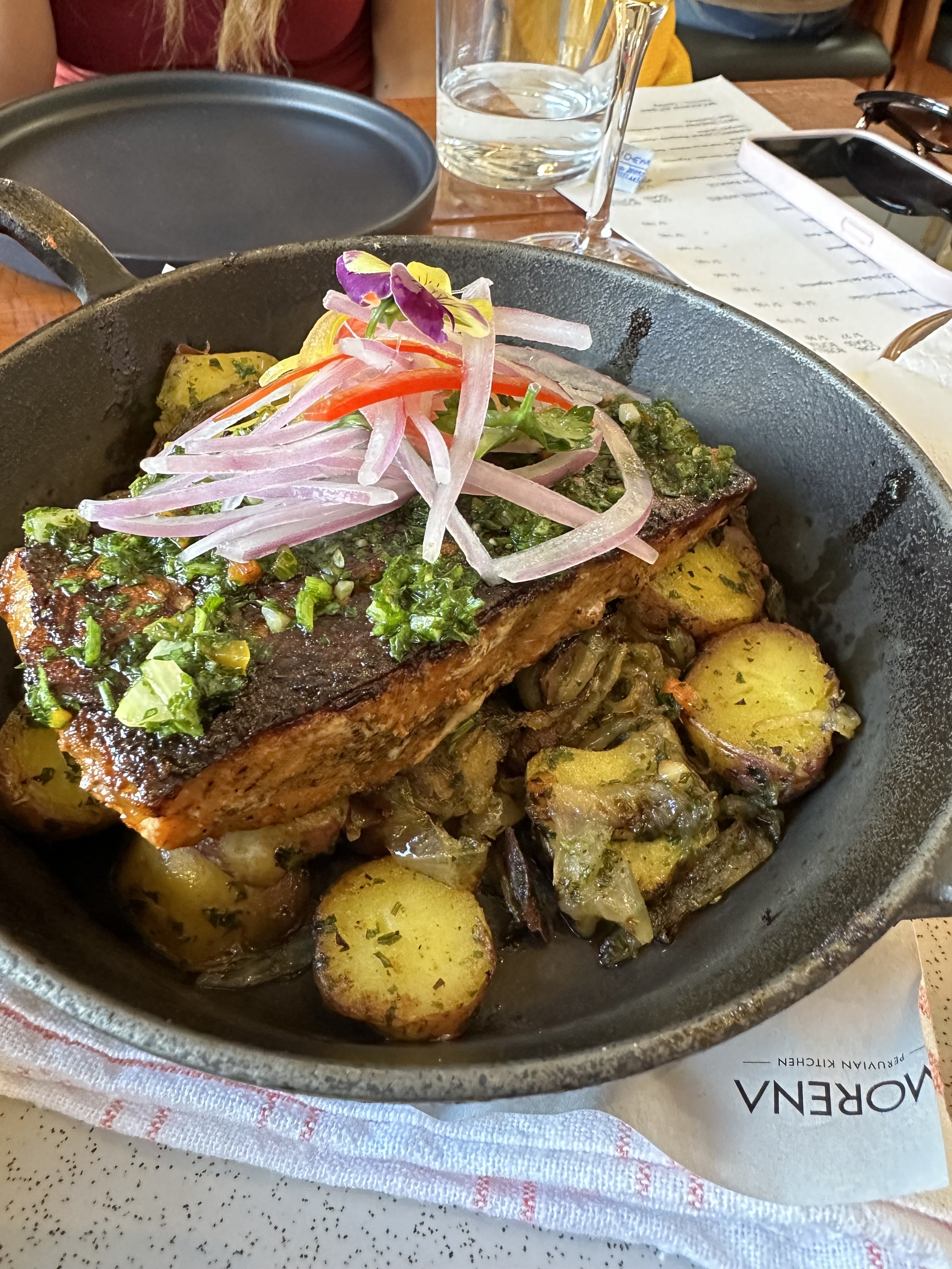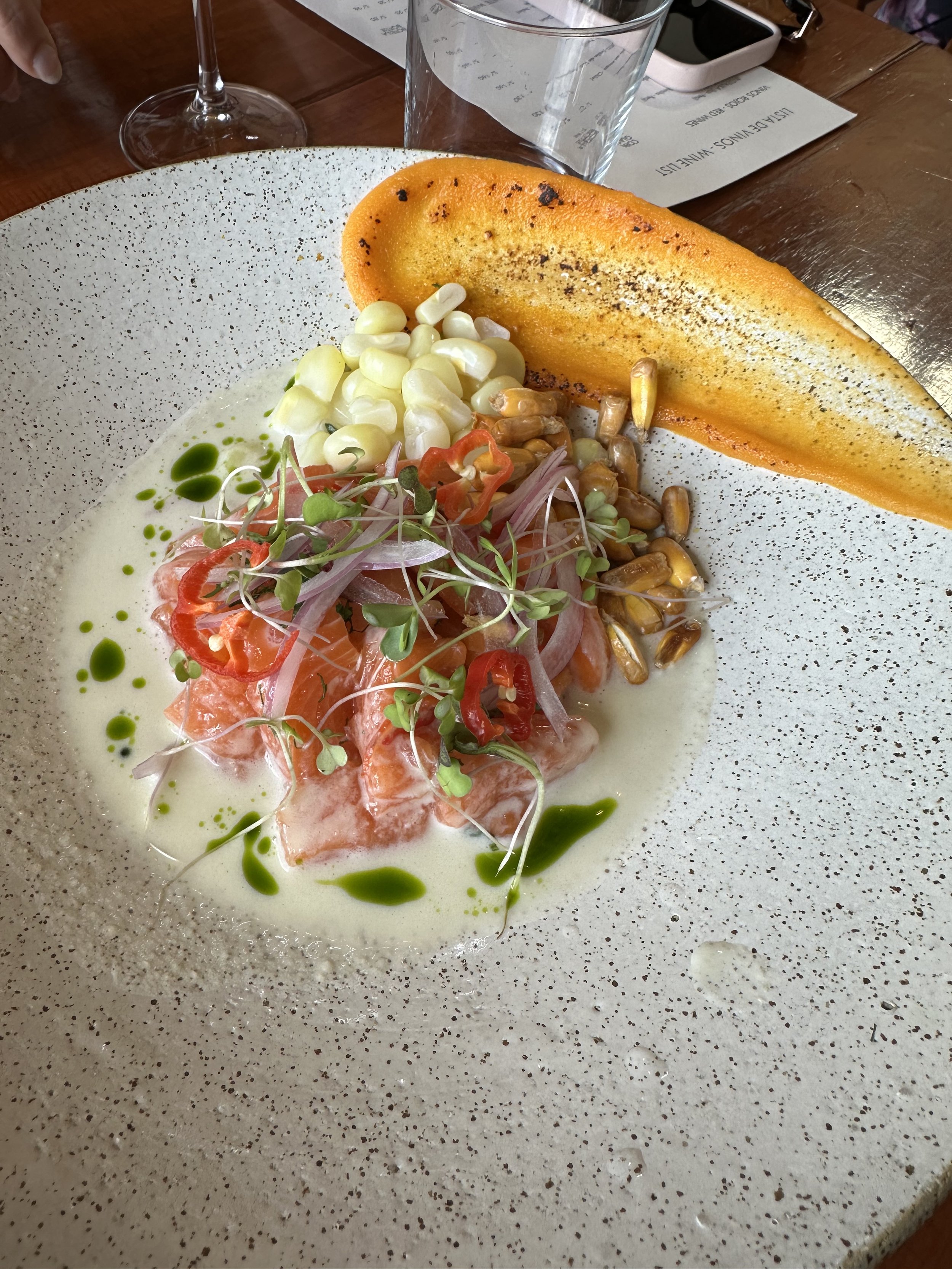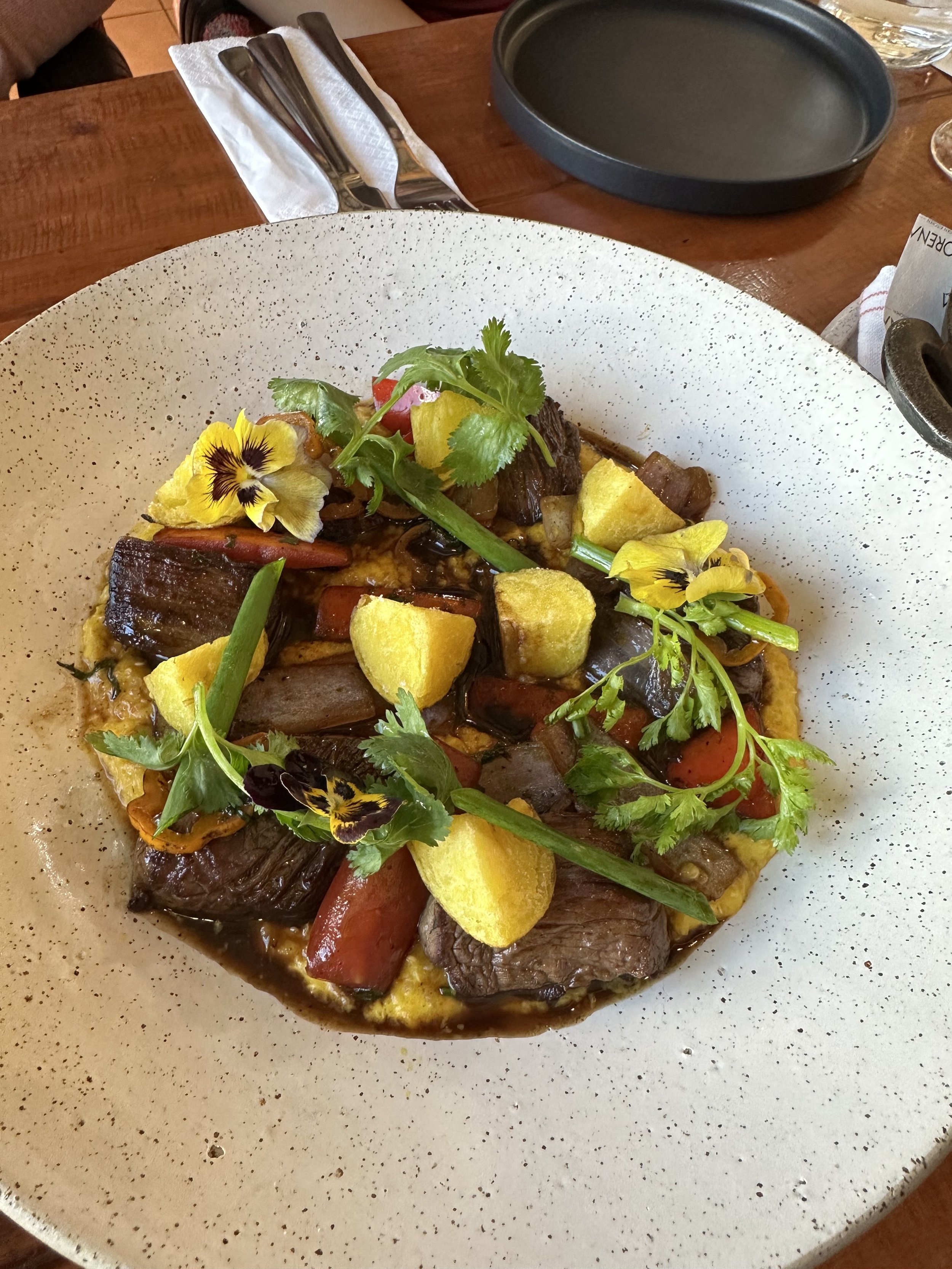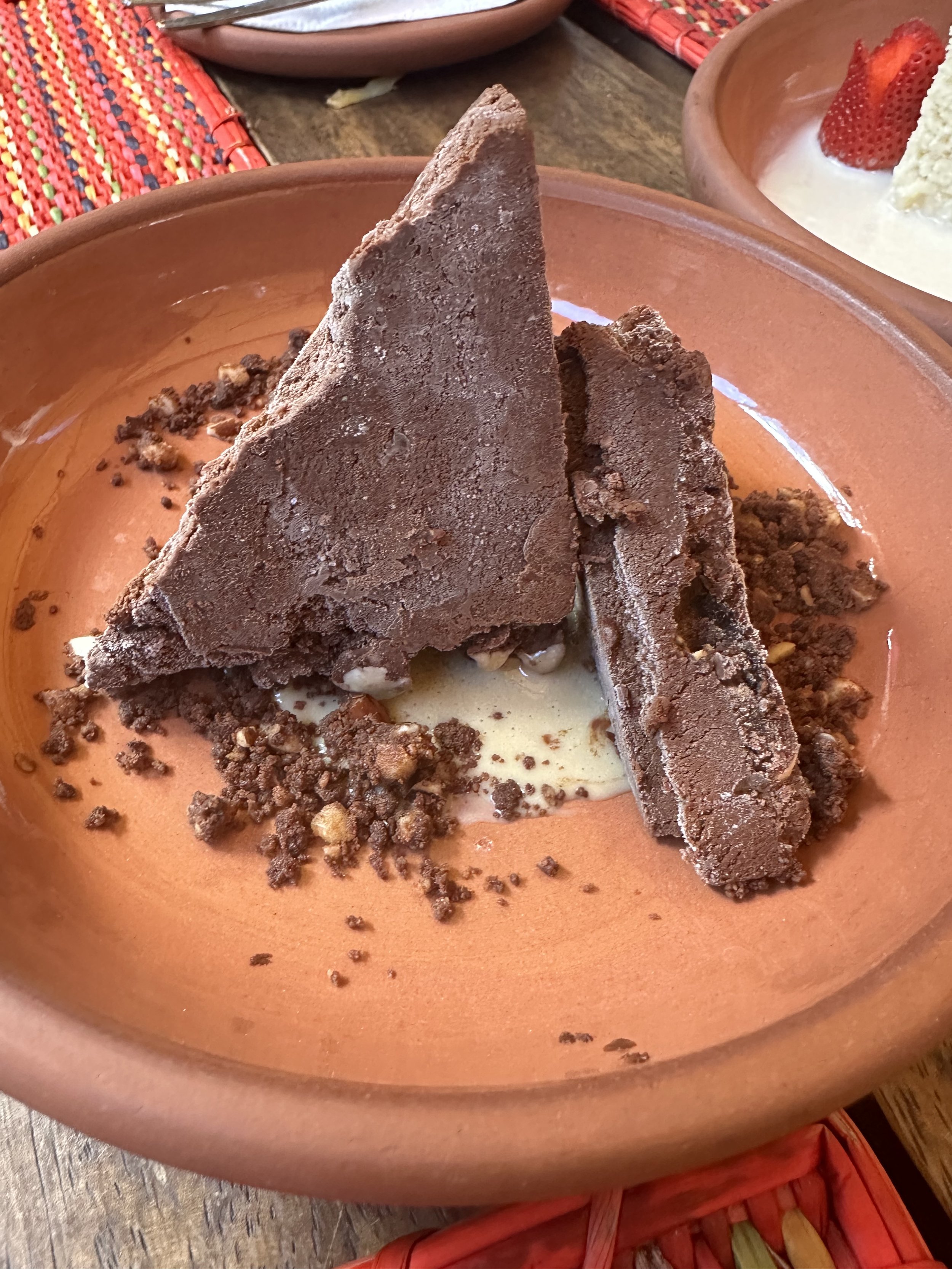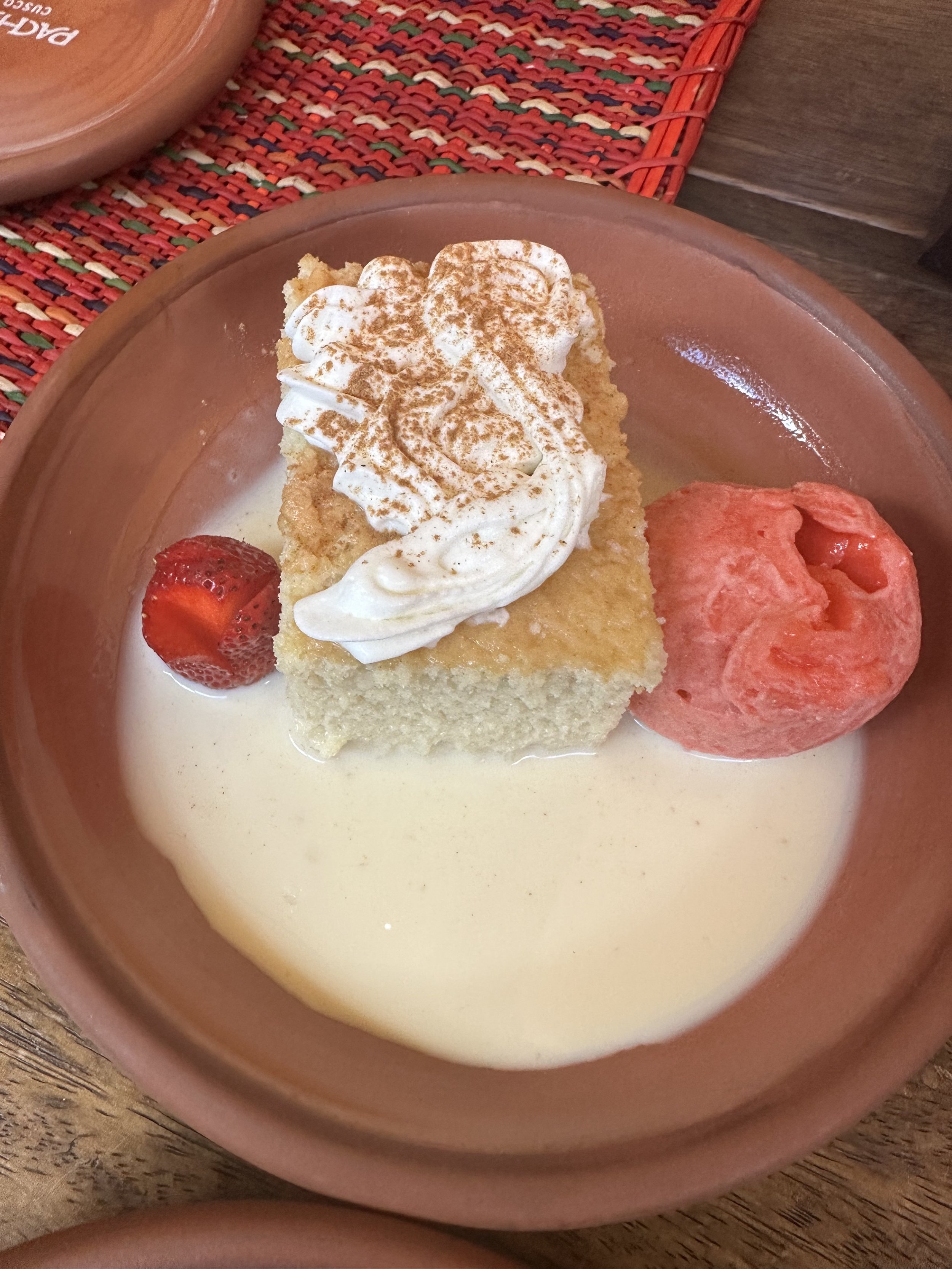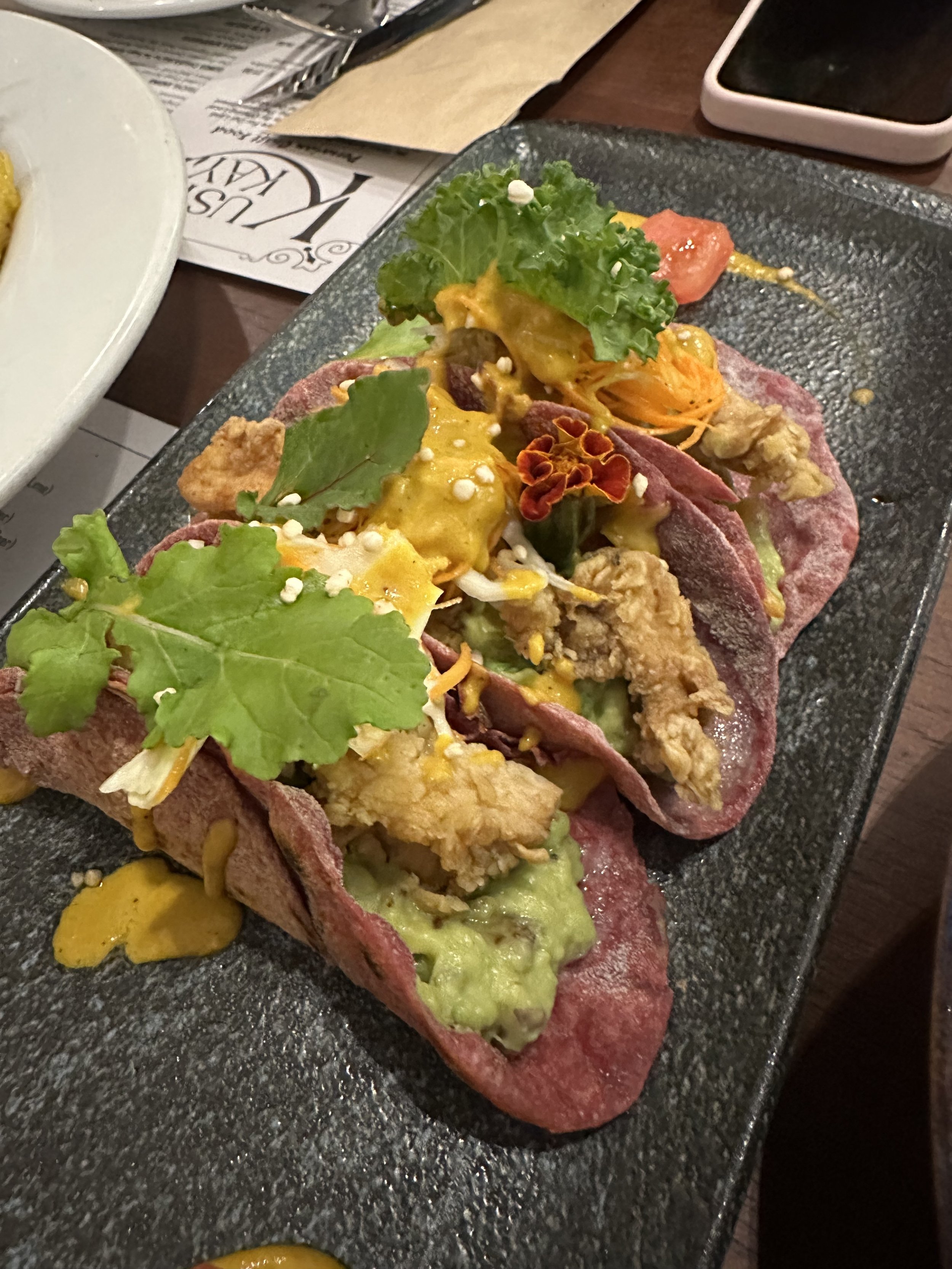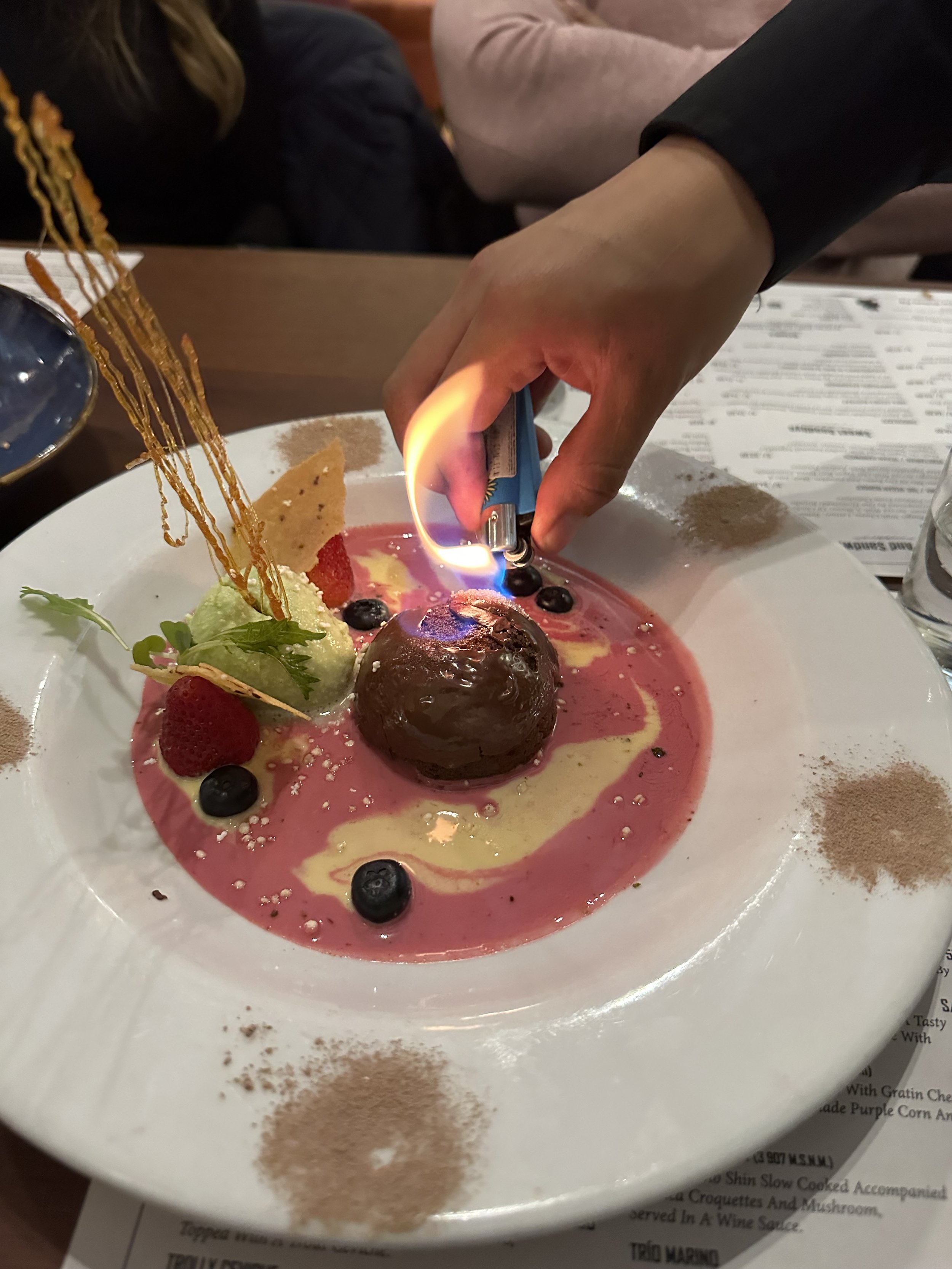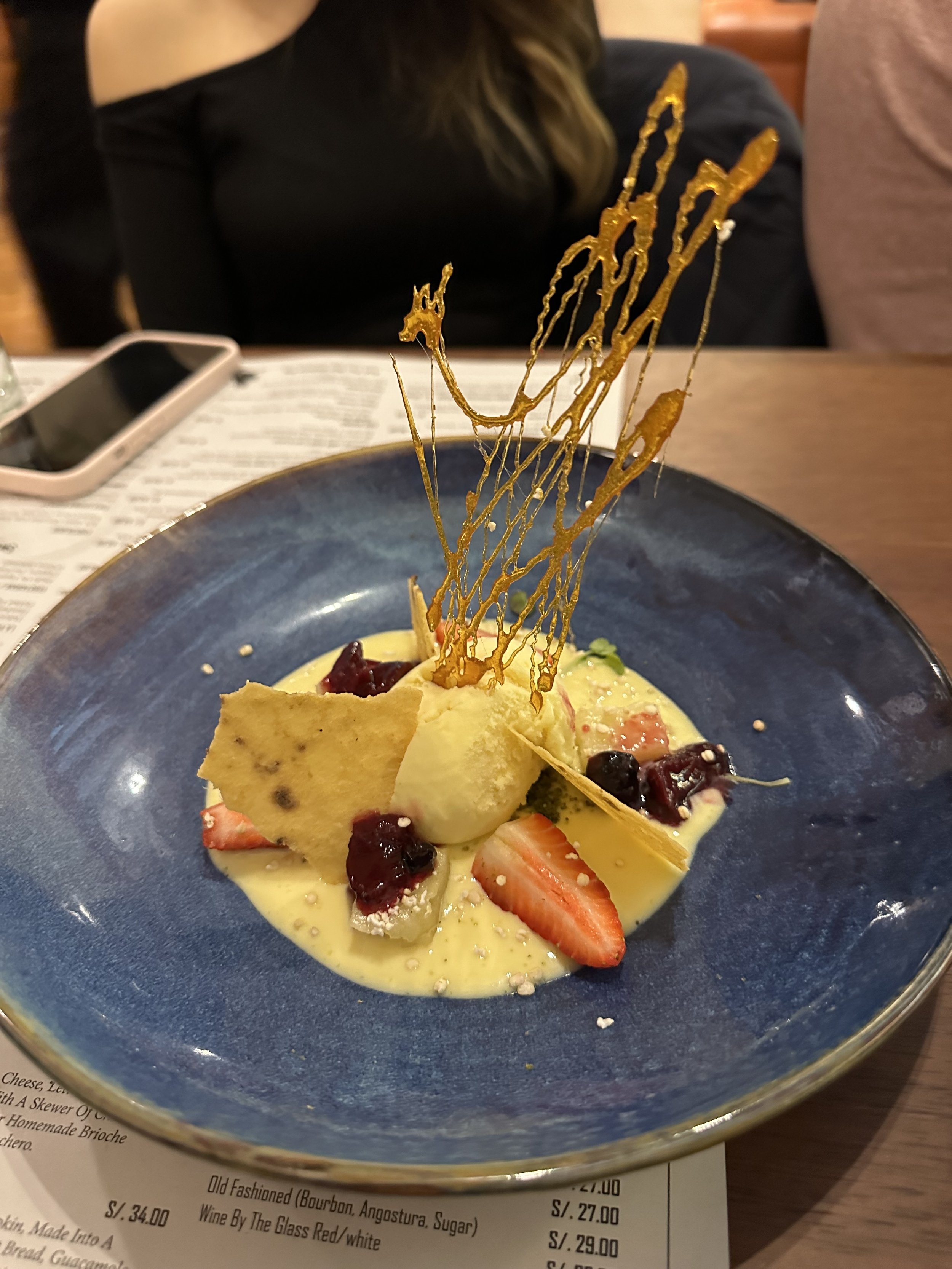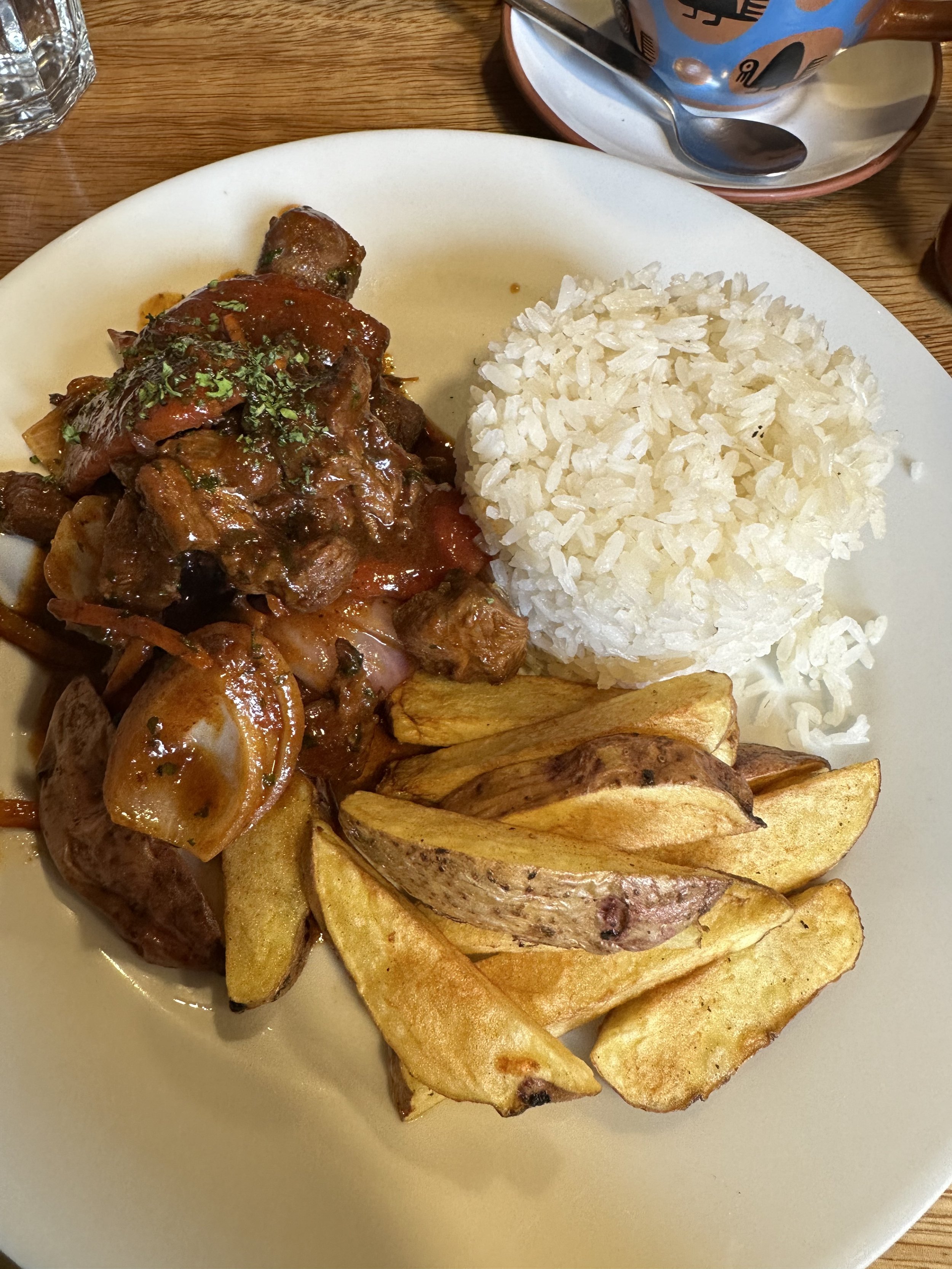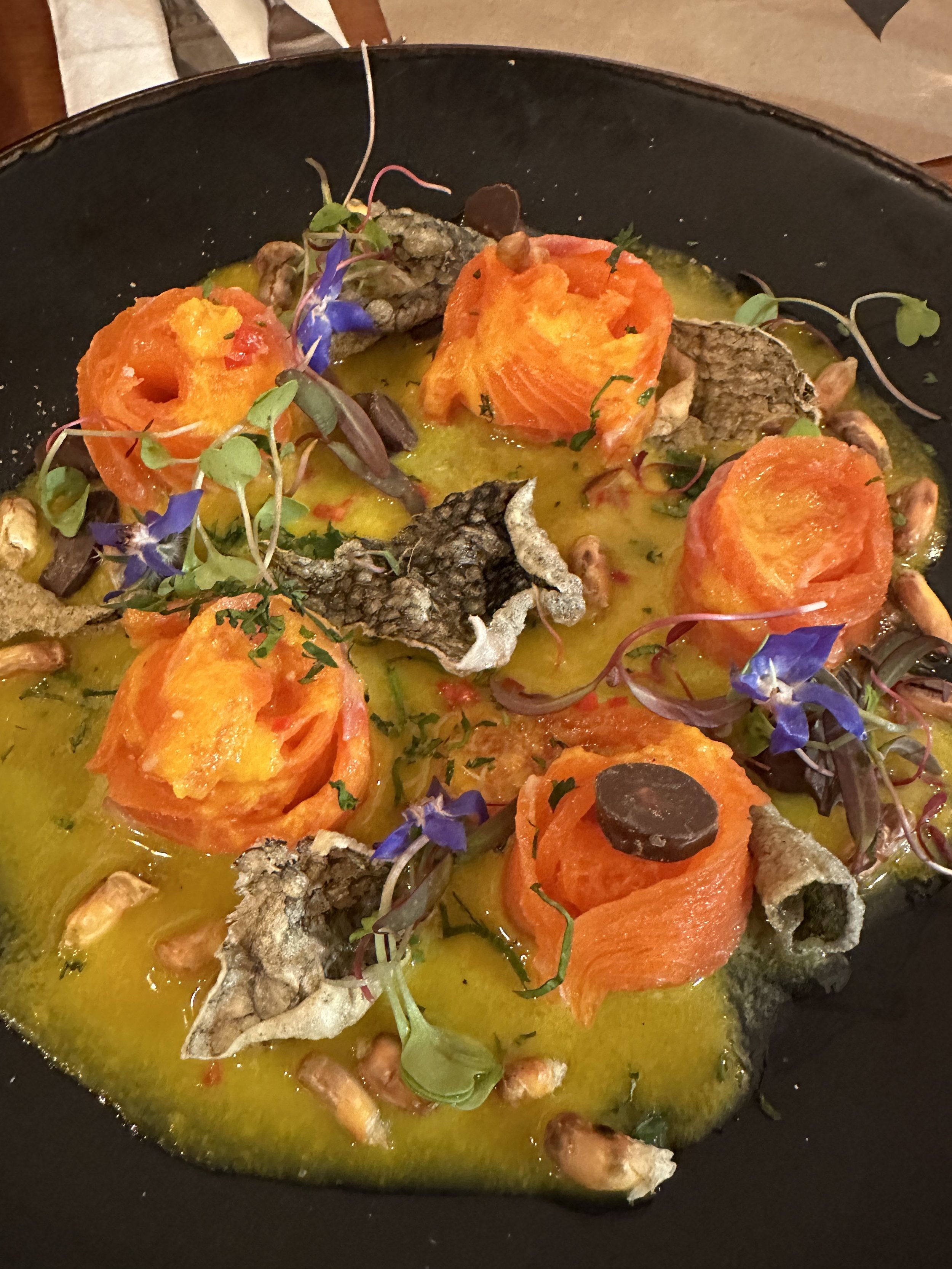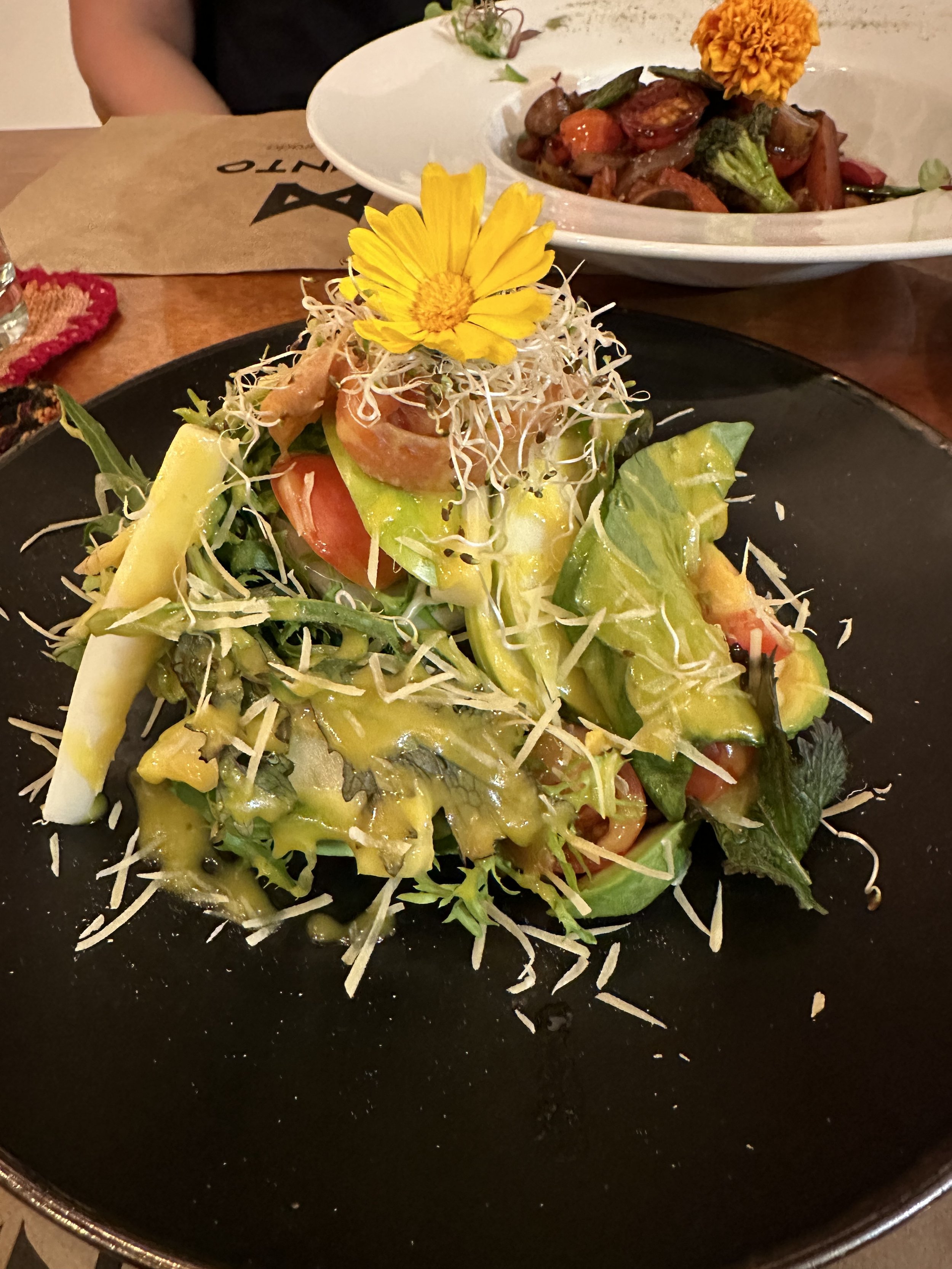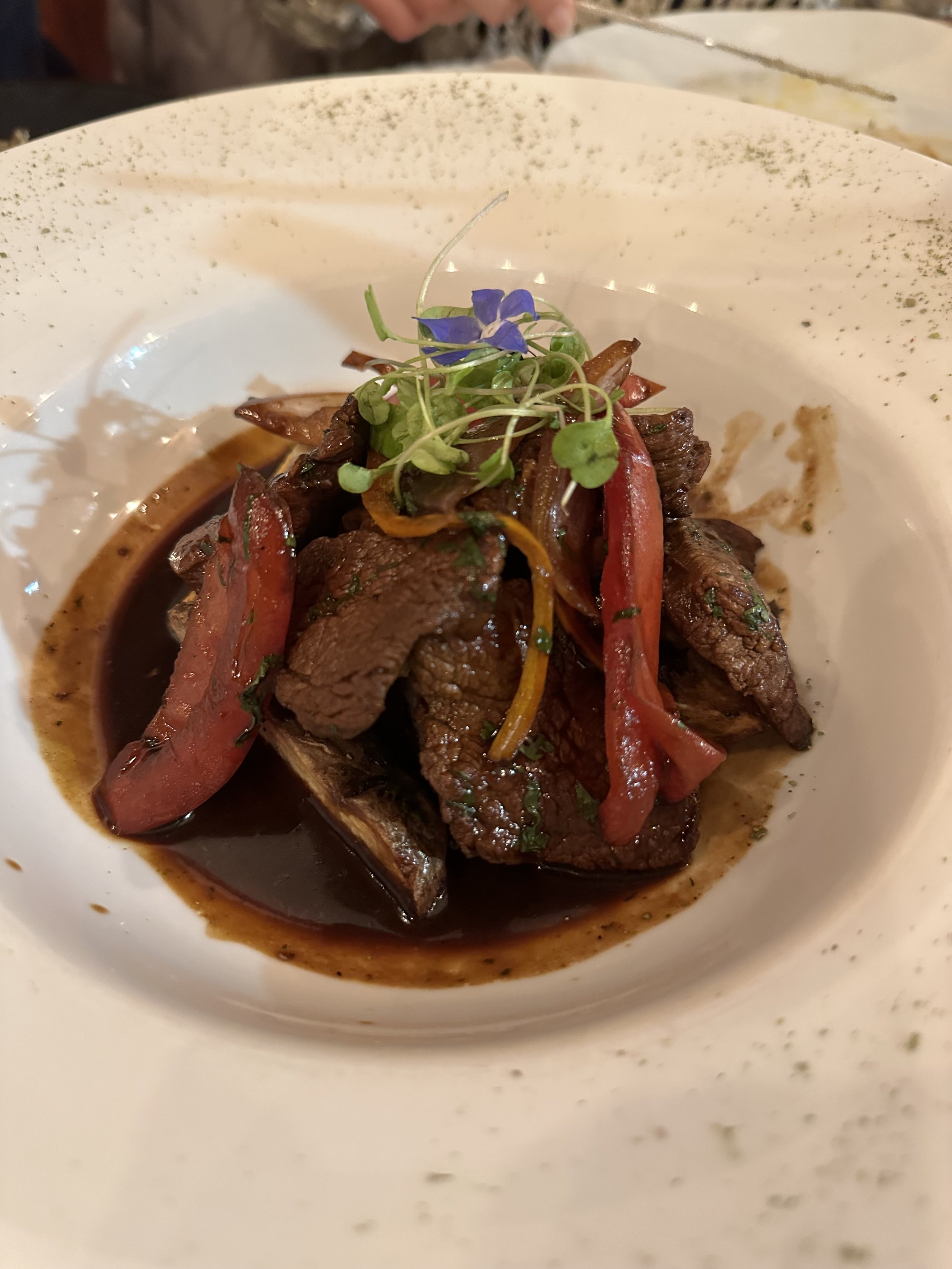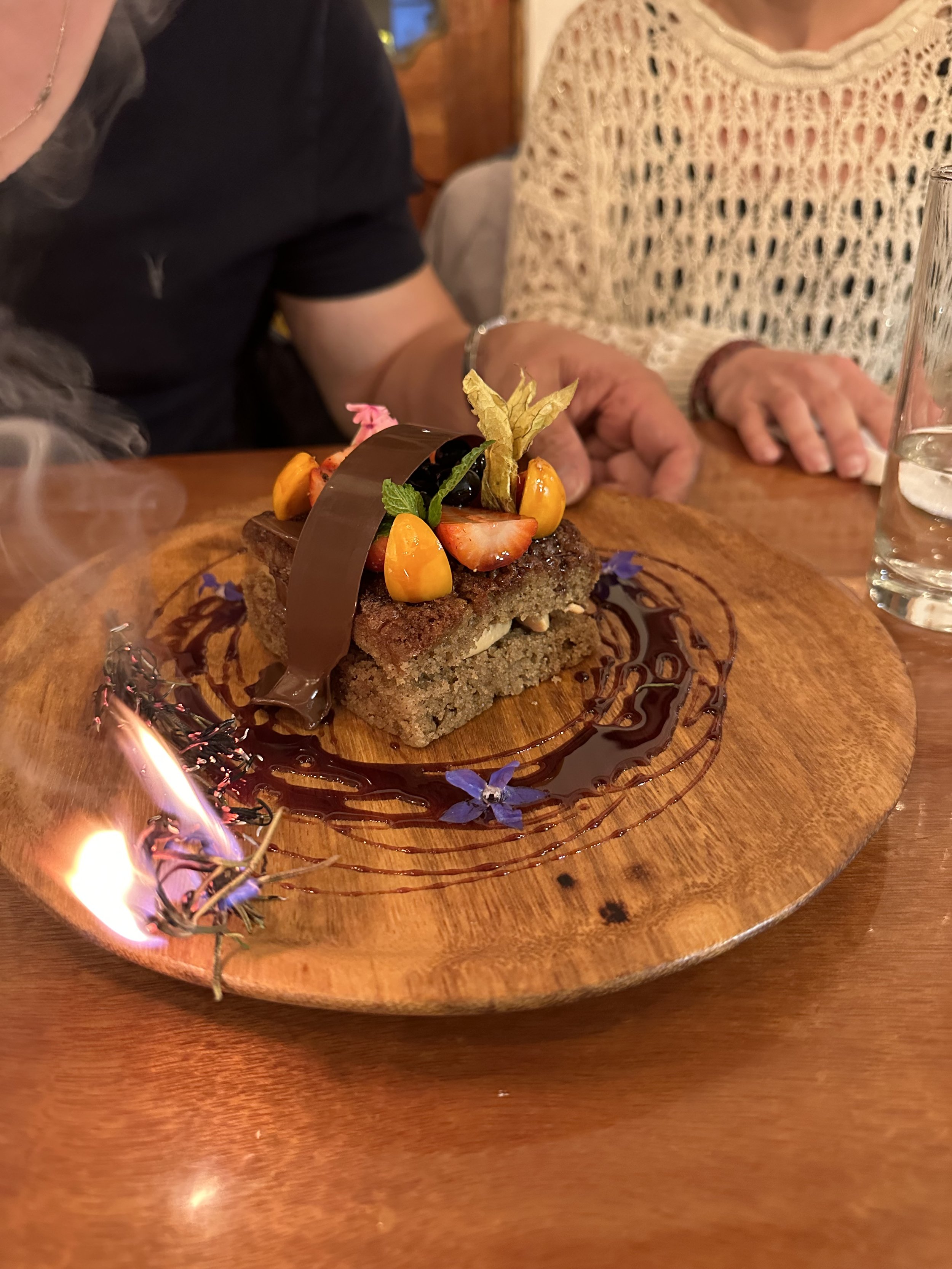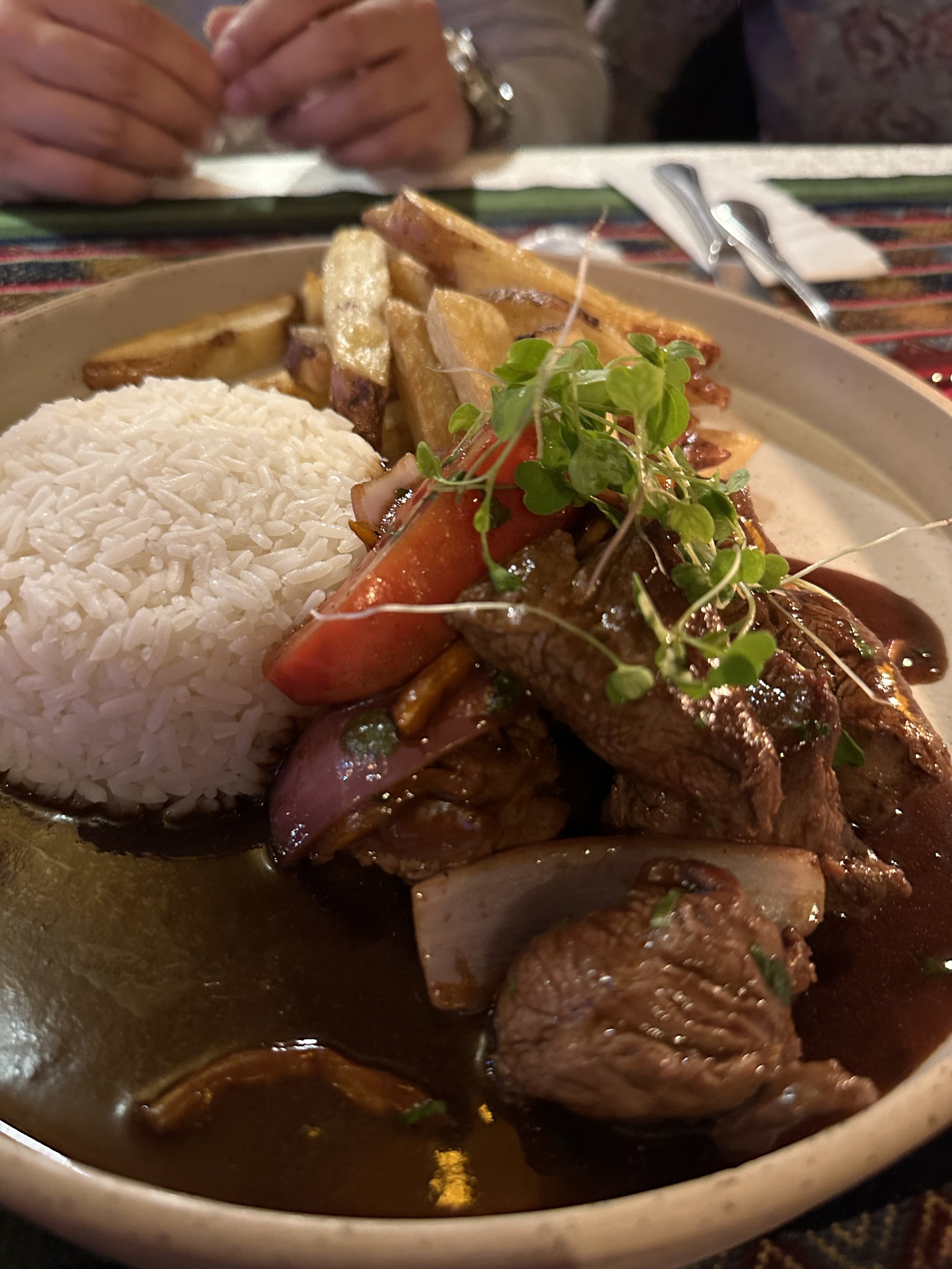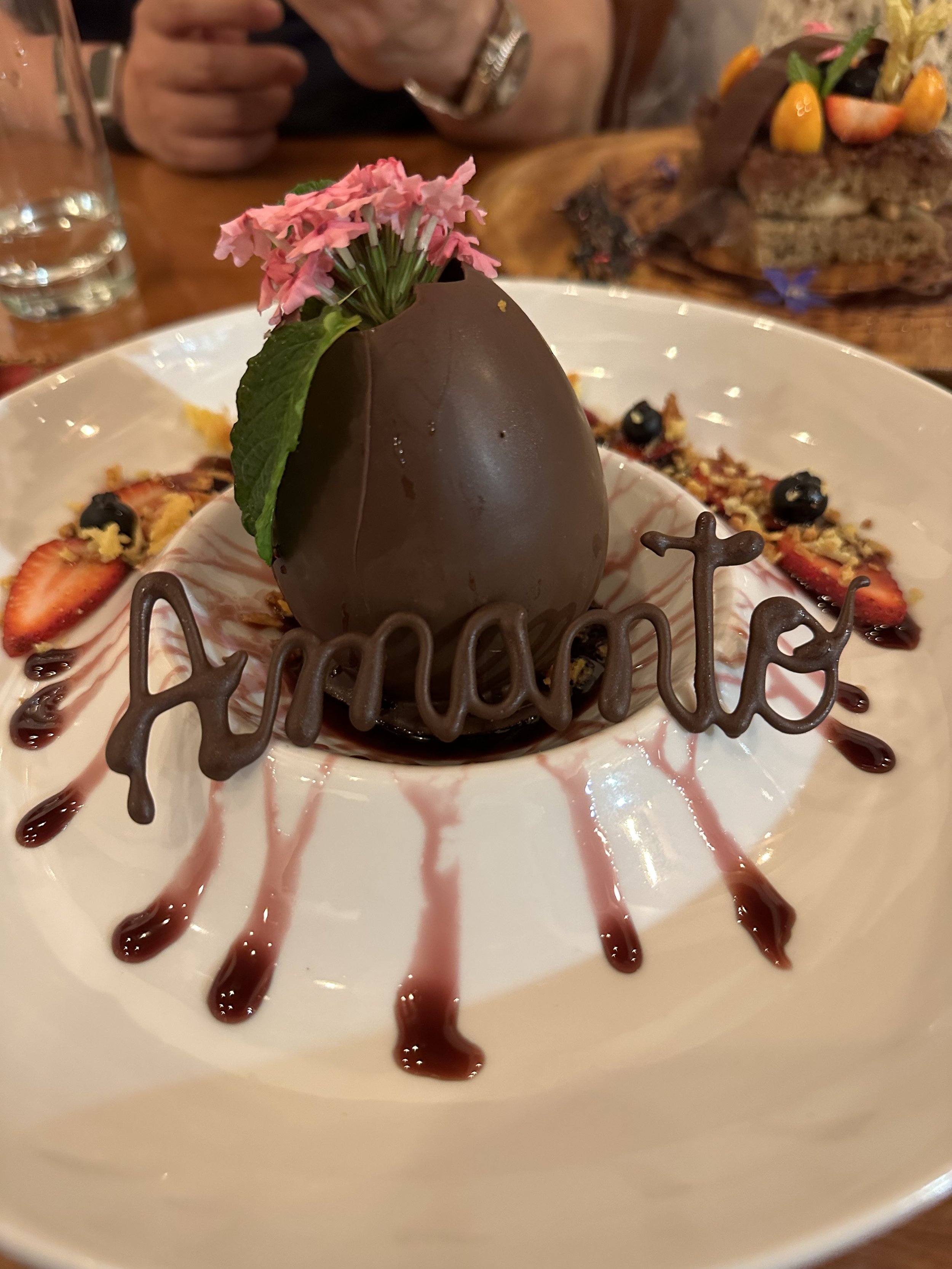Eating My Way Through the Sacred Valley: Must Try Food and Drinks
Traveling through the Sacred Valley was not just about ruins and scenic landscapes. For me, it was about the flavors. Whether I was dining in a small village or sitting down at a stylish restaurant in Cusco, the food was consistently beautiful, affordable, and deeply tied to the region’s culture. Here's what I tasted, loved, and what you should absolutely try for yourself.
Lomo Saltado
A beloved staple in Peruvian cuisine, lomo saltado is a hearty stir fry of beef tenderloin strips sautéed with onions, tomatoes, and soy sauce, often tossed with fries and served with rice.
Aji de Gallina
This creamy, comforting chicken stew is made with shredded chicken breast in a sauce of aji amarillo peppers, cheese, milk, and bread. Served over rice with a boiled egg and an olive, it's surprisingly flavorful without being overly spicy.
This is one of the most comforting dishes I had during my stay. Light but filling, quinoa soup is usually made with vegetables, broth, and native Peruvian spices. It is a perfect lunch option after a morning of hiking or exploring ruins. Every version I tried was slightly different, depending on the cook and the town.
Trout Ceviche and Leche de Tigre
I couldn’t leave the Sacred Valley without trying a dish Peru is famous for — ceviche. While coastal ceviche often uses white fish or even salmon, here in the Andes it's all about trout, freshly sourced from the nearby rivers. The version I had was zesty, clean, and ice cold. The red onions, lime juice, cilantro, and a touch of aji pepper came together perfectly.
Served alongside was a chilled glass of leche de tigre, the citrusy marinade from the ceviche, often spiked with a dash of spice and sometimes even a shot of pisco. Locals consider it both a hangover cure and a bold appetizer. I just considered it delicious.
Alpaca Steak
Alpaca is leaner than beef and surprisingly tender. You will see it offered in various forms—stir fried, grilled, or in stews. One standout dish was alpaca steak with a local elderberry sauce. If you eat meat and are looking to try something unique to the region, alpaca is a must.
Cuy (Guinea Pig)
I approached this one with hesitation, but it is a regional delicacy and worth experiencing if you're feeling adventurous. The crispy skin and seasoned meat were flavorful, though it's definitely something to try in a restaurant that does it right.
Corn and Potatoes (Yes, Just Potatoes)
Peruvian corn is nothing like what you might be used to. The kernels are huge and fluffy, more like puffed grains than the sweet corn found elsewhere. Corn with cheese (choclo con queso) is a classic local snack, often sold at roadside stands or small cafés. The cheese is typically a salty, semi-soft variety that pairs perfectly with the mild corn.
Peru is home to over 3,000 varieties of potatoes, and in the Sacred Valley they take center stage. You’ll find them roasted, mashed, fried, and even in colorful purées. The sheer variety in texture, flavor, and color is astounding. At almost every meal, the potatoes stood out. Whether paired with meats or served as a side, they were always delicious, often earthy and creamy, and sometimes slightly sweet.
Chicha Morada
This sweet purple corn drink is served chilled and tastes like a blend of fruit punch and cinnamon. It is non-alcoholic, refreshing, and usually included with a set lunch menu. Chicha morada is made by boiling purple corn with pineapple peel, cloves, and cinnamon, then sweetened and cooled. It is great for staying hydrated in the dry mountain air.
Desserts and Fresh Juices
Do not leave without sampling some lucuma ice cream, quinoa pudding, or churros filled with dulce de leche. Nearly every market and café has a juice bar with seasonal fruit blends made to order. Try lucuma, a Peruvian fruit with a subtle caramel flavor, or go for mango, papaya, or pineapple. It is a perfect pick-me-up after a long hike or as a mid-morning refreshment.
While Pisco Sours are the most famous, many bars and restaurants in the Sacred Valley offer creative twists using local fruit juices. I had a version made with passion fruit that was bright and tart in all the right ways. Be sure you are fully acclimated to the altitude before enjoying cocktails, as alcohol can hit harder at elevation.
Pachamanca Lunch
One of the most memorable meals came from a traditional pachamanca — a feast of meats and vegetables slow cooked underground with hot stones. At the Andean distillery property near Ollantaytambo, I enjoyed lamb, pork, and chicken seasoned with local herbs, paired with root vegetables and fresh organic salads. The earthy flavors and smoky aroma were unforgettable, especially when paired with the welcome cocktail and the scenic views.
Restaurants That Left an Impression
Here are some of the places I dined that truly showcased the region’s flavors:
Morena Peruvian Kitchen (Cusco) – A modern take on classic Peruvian dishes, right off the Plaza de Armas. Beautiful presentation and balanced flavors.
Tak Thai (Cusco) – A Thai spot with a Peruvian twist, perfect if you need a break from Andean fare.
Pachapapa San Blas (Cusco) – Located in the artsy San Blas neighborhood, this spot offers wood-fired local dishes in a cozy courtyard setting.
Kusykay Peruvian Craft Food (Cusco) – One of the more inventive meals of the trip, offering modern takes on regional flavors just steps from the Plaza.
Amanto (Ollantaytambo) – A small, charming spot tucked into a quiet corner of Ollantaytambo. Friendly service and great traditional dishes.
Pachamanca Lunch (El Albergue, Ollantaytambo) – A slow-cooked feast prepared underground using hot stones, paired with local produce and followed by tours of their coffee roastery and distillery.
Full House & Peruvian Cuisine (Aguas Calientes) – Right near the train station, this restaurant serves hearty meals and offers a great view over the river.
Indio Feliz (Aguas Calientes) – A quirky French-Peruvian bistro with colorful decor and surprisingly complex dishes.
Yaku (Cusco) – Farm-to-table feel with fresh, bright dishes and a serene setting just off Regocijo Square.
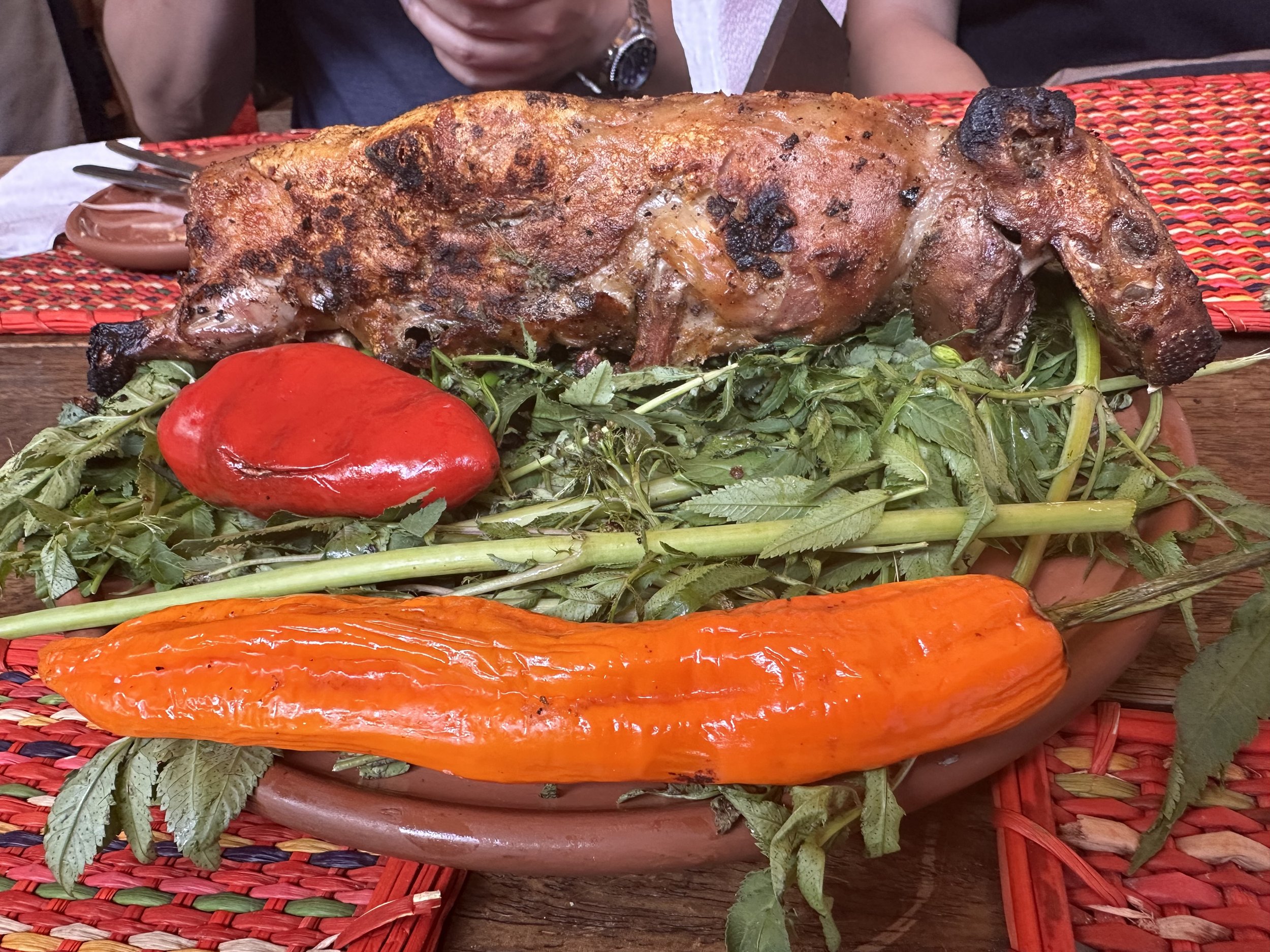
Final Thoughts
The food and drink in the Sacred Valley are more than just meals but a window into Andean culture and tradition. Whether you are snacking on choclo con queso by the roadside or sipping a fruit cocktail in a quiet courtyard, every flavor tells a bit of the region’s story.
Follow Plane and Simple Traveler for more firsthand tips on what to eat, drink, and experience while traveling Peru and beyond.

